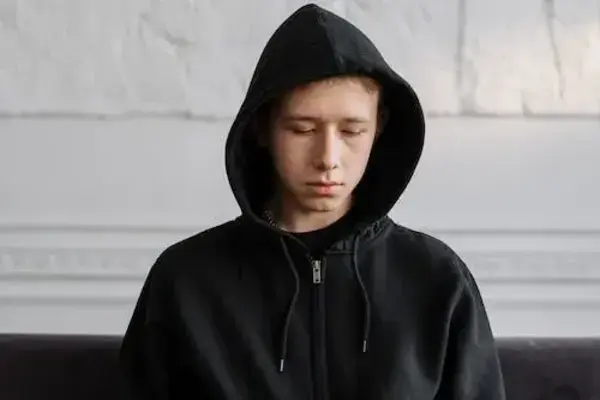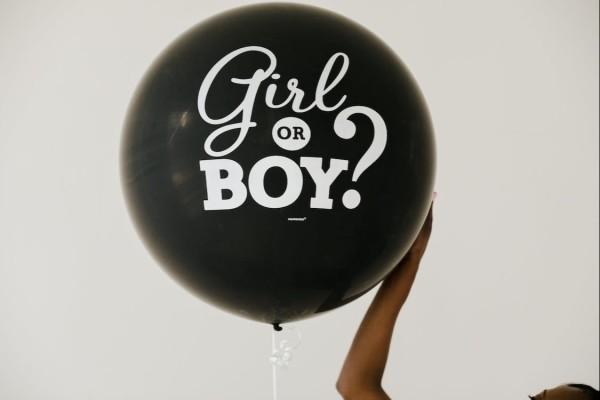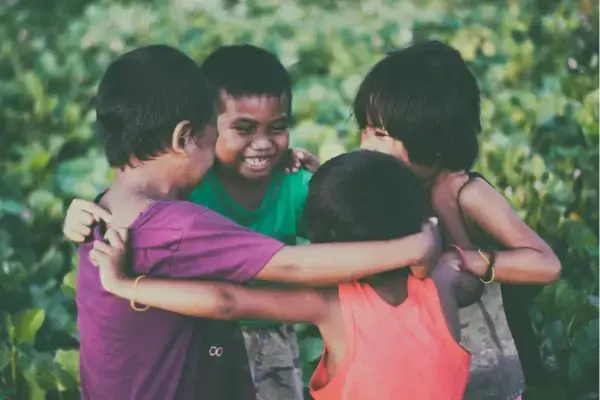
For Teachers & Professionals
Comprehensive Sexuality Education in Europe
In Europe, the term comprehensive sexuality education (CSE) has been widely used in literature over the past decade. In the USA, it has mainly been used to distinguish sex education from ‘abstinence-only education’ and was used for the type of sex education that comprehend topics such as contraception. A widely accepted definition of CSE was developed for the second edition of the International Technical Guidance on Sexuality Education, which was published in 2018 by UNESCO and five other United Nations organisations. The definition reads as follows:
"Comprehensive sexuality education (CSE) is a curriculum-based process of teaching and learning about the cognitive, emotional, physical and social aspects of sexuality. It aims to equip children and young people with knowledge, skills, attitudes and values that will empower them to: realise their health, well-being and dignity; develop respectful social and sexual relationships; consider how their choices affect their own well-being and that of others; and, understand and ensure the protection of their rights throughout their lives" (UNESCO (United Nations Educational, Scientific and Cultural Organization) 2018, 16).
The biological aspects of sexuality and body awareness are the most frequently addressed topics. They are usually included in biology lessons and textbooks, so teaching often does not require a special sexuality education curriculum. HIV and AIDS, and information on the various sexually transmitted diseases are the second most addressed topic. All these topics can be taught in a way that is very much reduced to the biological and technical aspects. Love, marriage and relationships and all those topics that refer to the emotional and social areas are less frequently addressed. The sex-positive issue of sexual pleasure is by far the least common topic taught. The strong emphasis on CSE is thus not reflected in the topics addressed in reality. The situation in Europe varies widely: in some States sexual education is not mandatory, in others, it is implemented in biology lessons, whereas in others it is mandatory but without guidelines or without specific teacher training.
What must teachers know about the aims of comprehensive sexual education? Children should learn:
a. To contribute to a social climate that is tolerant, open and respectful towards sexuality, various lifestyles, attitudes and values.
b. To respect sexual diversity and gender differences and to be aware of sexual identity and gender roles.
c. To empower people to make informed choices based on understanding, and acting responsibly towards oneself and one’s partner.
d. To be aware of and have knowledge about the human body, its development and functions, in particular regarding sexuality.
e. To be able to develop as sexual beings, meaning to learn to express feelings and needs, to experience sexuality in a pleasurable manner and to develop own gender roles and sexual identity.
f. To have gained appropriate information about physical, cognitive, social, emotional and cultural aspects of sexuality, family planning, the body, reproduction, abortion, sexual diversity, contraception, pregnancy, pornography, STI/HIV and sexual coercion.
g. To have the necessary life skills to deal with all aspects of sexuality and relationships.
h. To have information about the provision of and access to counselling and medical services, particularly in the case of problems and questions.
i. To reflect on sexuality and diverse norms and values with regard to human rights in order to develop own critical attitudes.
j. To be able to build (sexual) relationships in which there is a mutual understanding and respect for one another’s needs and boundaries to have equal relationships. This contributes to the prevention of sexual abuse and violence.
k. To be able to communicate about sexuality, emotions and relationships and have the necessary language to do so.
By having a clear idea in mind of what comprehensive sexual education is and what its aims are, teachers can further develop more accurate lessons to deliver to students according to the existing superseding norms.
REFERENCES
Bonjour, M., & Van Der Vlugt, I. (2018). Comprehensive sexuality education. Knowledge File.
Ketting, E., Brockschmidt, L., & Ivanova, O. (2021). Investigating the ‘C’in CSE: implementation and effectiveness of comprehensive sexuality education in the WHO European region. Sex Education, 21(2), 133-147.
Parker, R., Wellings, K., & Lazarus, J. V. (2009). Sexuality education in Europe: An overview of current policies. Sex Education, 9(3), 227-242.
Share the knowledge!
More For Teachers & Professionals Q&A

Sexuality in Menopause

Sexuality in Young People who have Psychiatric Problems – Part 1

Sexuality in Adolescents and Young Adult oncology patients - part 2: how to improve sexually related health communication

Teaching Children About Gender Diversity

Irritable Bowel Syndrome and Sexuality

Promoting healthy relationships in Young people
This is a website that WE are building together. If you have a question there is no answer to on this site, send it here!
